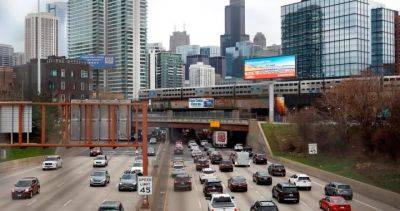How the Paris 2024 Village has been transformed for Paralympians with accessibility in mind
village was buzzing with activity on Saturday as athletes from 168 delegations were settling into their temporary home, preparing for their upcoming competitions.
The village, nestled in the northern suburbs of Paris, in the Seine-Saint-Denis department, closed its doors on Aug. 13 after the conclusion of the Olympic Games, giving organizers a week to make necessary adjustments for the upcoming Paralympics.
Laurent Michaud, head of the Paralympic Village, discussed the rapid yet meticulous transformation. The village had been built with inclusivity in mind from the start, but this final week was crucial for fine-tuning details to ensure that every aspect was perfectly suited to the para-athletes' needs.
«All roadways, sidewalks and access points are fully accessible for people with reduced mobility. It is a 100% accessible village,» he explained.
The village reopened on Aug. 21, transformed to meet the specific needs of the 4,400 para-athletes.
Among the most significant adjustments were additional ramps and enhanced lighting throughout the village, making it easier for athletes to navigate, regardless of mobility or visual impairments. Sandy floors and grates that could have posed challenges to wheelchair users were covered with mats.
Motorized devices were also made available for wheelchair users, offering a powered boost that made getting around the village faster and more enjoyable. These quickly became a favorite among the athletes, adding an element of fun to their mobility.
One scene that captured this























